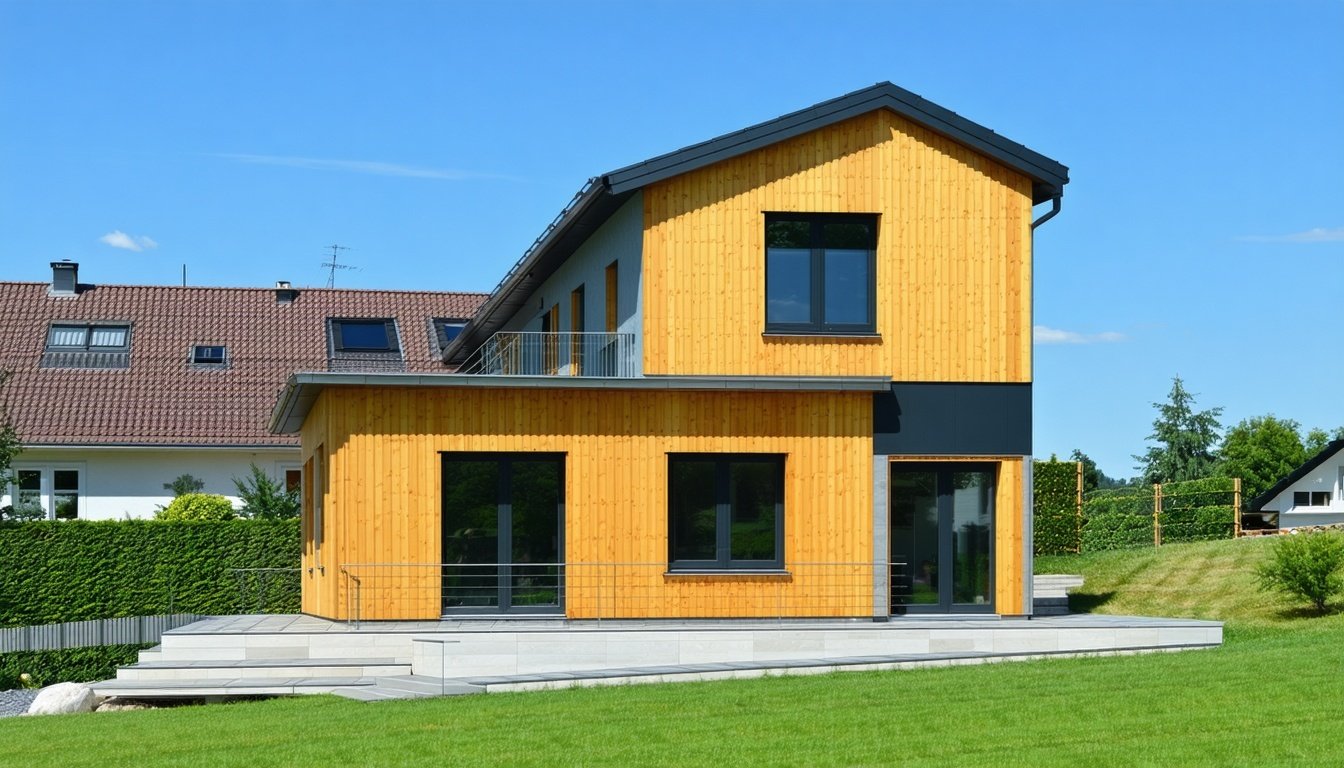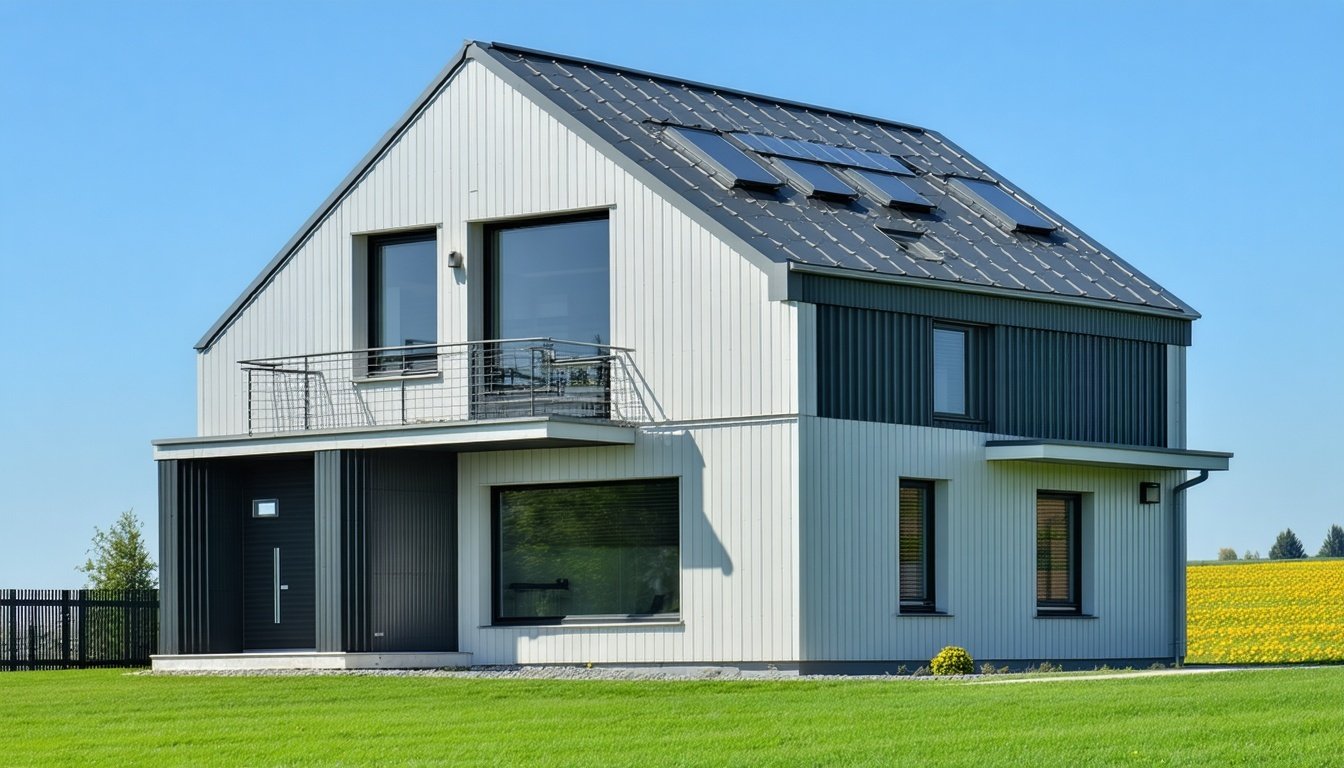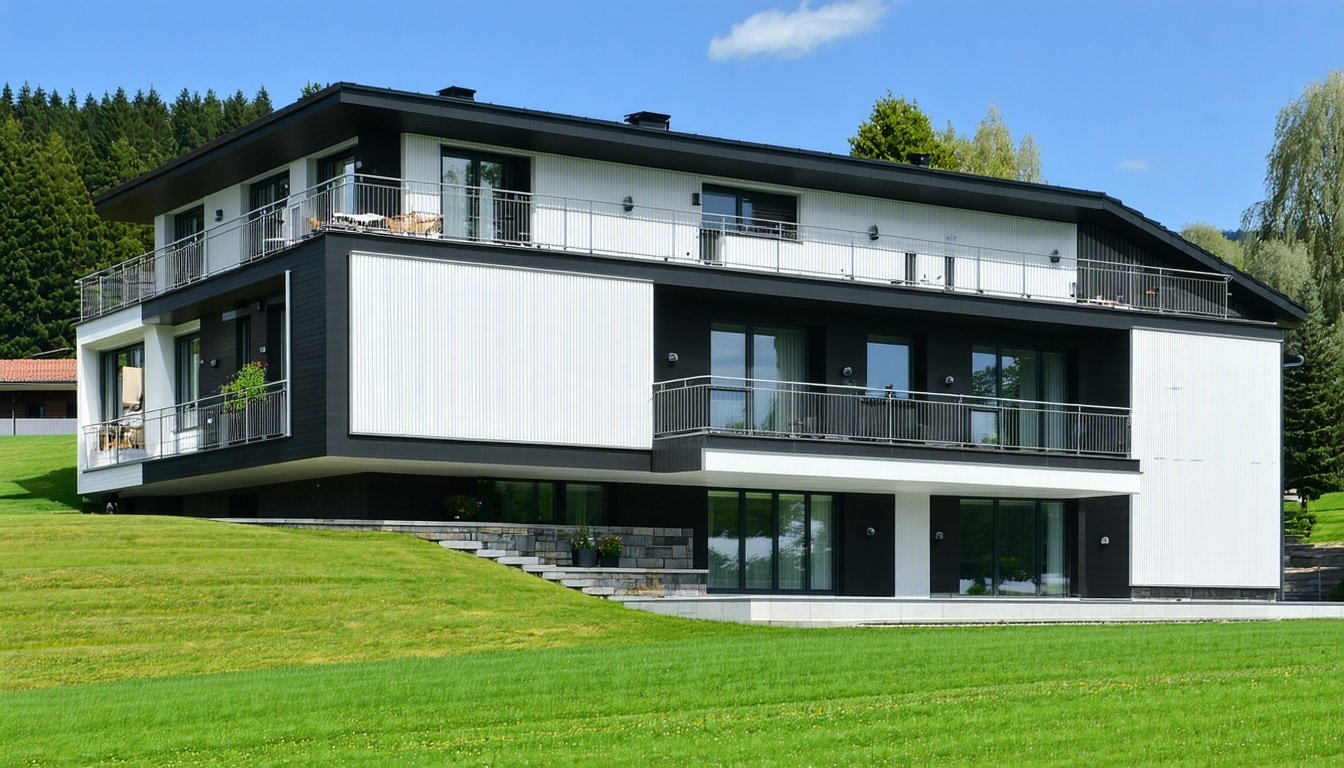Uncover the real costs, savings, and value behind building a Passive House in Australia and why it’s reshaping the future of sustainable living.
Average Passive House Construction Costs
The average cost to construct a certified Passive House in Australia typically ranges from $2,500 to $4,500 per square metre, depending on location, project size and specification. This is generally 10-25% higher than conventional residential builds, primarily due to the need for specialised materials, advanced glazing systems and rigorous air-tightness detailing.
These estimates can fluctuate based on regional labour rates, site complexity and the level of customisation required to meet Passive House standards. Early-stage planning with experienced consultants is essential to accurately forecast project budgets and ensure compliance with both Passive House and Australian building codes.
Key Factors That Affect Cost
Several technical and project-specific factors influence the final cost of a Passive House. High-performance insulation, triple-glazed windows, mechanical ventilation with heat recovery (MVHR), and detailed thermal bridging solutions are all integral and represent significant upfront investments compared to standard construction.
Site orientation, local climate and the availability of Passive House-certified products in Australia also play a crucial role. Additionally, hiring certified Passive House designers and tradespeople, who are familiar with air-tightness protocols and quality assurance requirements, can affect costs but are critical for successful certification.
Energy Savings Over Time
Passive Houses are engineered to reduce operational energy demand by up to 90% compared to standard Australian homes, leading to substantial long-term reductions in heating and cooling costs. The integration of continuous insulation, high-performance windows and MVHR systems ensures stable indoor temperatures year-round, regardless of external weather conditions.
These energy savings translate into lower ongoing utility bills and reduce the impact of future energy price increases. For large-scale residential or commercial projects, the cumulative financial and environmental benefits can be significant over the building's lifecycle.
Long-Term ROI and Property Value
Although Passive House construction involves a higher initial outlay, the long-term return on investment (ROI) is compelling. Reduced operational costs, improved occupant comfort and superior indoor air quality enhance the building's value proposition for both owners and tenants.
Market trends show increasing demand for sustainable and energy-efficient properties in Australia, often resulting in higher resale values and improved asset performance. Passive House certification can also support compliance with evolving regulatory frameworks and position properties favourably for future market and legislative developments.
Tips to Build a Passive House on a Budget
To manage costs effectively, engage with Passive House consultants early in the design phase to optimise building form, orientation, and material selection. Standardising construction details and minimising architectural complexity can help reduce build costs without compromising performance.
Source locally available, Passive House-compliant materials and systems where possible to minimise importation expenses. Investing in thorough project management and quality assurance from the outset will also prevent costly remediation and ensure the project meets both Passive House and Australian compliance standards.







